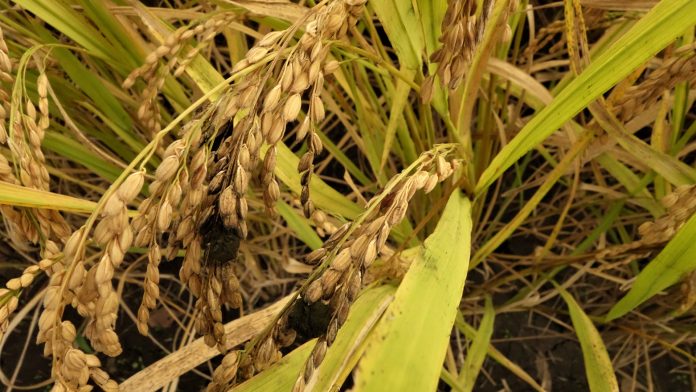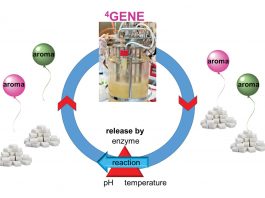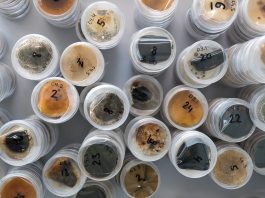Whilst studying small heat shock proteins (sHSP) from the phytopathogen, Acholeplasma laidlawii, researchers have discovered how these proteins can help fight disease related crop loss.
In a recent study, researchers from Kazan Federal University and the Institute of Cytology of the Russian Academy of Science have found new data regarding the way Acholeplasma laidlawii, a phytopathogen of rice, interacts with heat shock proteins.
Understanding Acholeplasma laidlawii
Protection against diseases is crucial for the preservation and growth of crop yields, especially in less economically developed countries where rice farmers can expect disease related crop loss of between 25% and 41%.
When the cell-wall free pathogenic bacteria, mycoplasmas, causes disease in plants, it can lead to disease related crop loss and present a greater challenge to agriculture-based societies.
Scientists have identified 700 diseases caused by mycoplasmas. One of the common and stress-resistant mycoplasmas is Acholeplasma laidlawii, a phytopathogen affecting rice, seed and pea seed.
Acholeplasma is sensitive to a narrow spectrum of antimicrobials, such as tetracycline and gentamicin. Unfortunately, these antimicrobials are only capable of reducing the bacteria’s growth. As soon as the influence of an antibiotic stops, bacterial growth can resume.
Heat shock protein protection
After being heated, some proteins unfold, lose structure, and form aggregates. Once the temperature is lowered, proteins can fold back incorrectly. This results in them deviating from their function and potentially becoming toxic to the cell.
Heat shock proteins function as intracellular assistants, protecting the plants ability to restore the structure of other proteins after stress. If the protection mechanism of heat shock proteins fail, it sends damaged proteins for ‘recycling’.
sHSPs function as ‘paramedic’ proteins in multi-chaperone networks. In this new research paper, scientists have outlined the various roles of sHSP from A. laidlawii in its chaperone activity. Researchers show that several parts of the protein are responsible for the formation of various supramolecular structures via intramolecular interactions.
This will help further the understanding of the basic principles of protecting mycoplasmas from stress. This research may also assist the discovery of new ways to block it in the future, potentially putting an end to disease related crop loss.
Data obtained on modified sHSPs showed increased ability to prevent the heat-induced denaturation of other proteins, for example, insulin, and thus can be used as a tool for protection of various proteins in healthcare, biotechnology, and life sciences.





